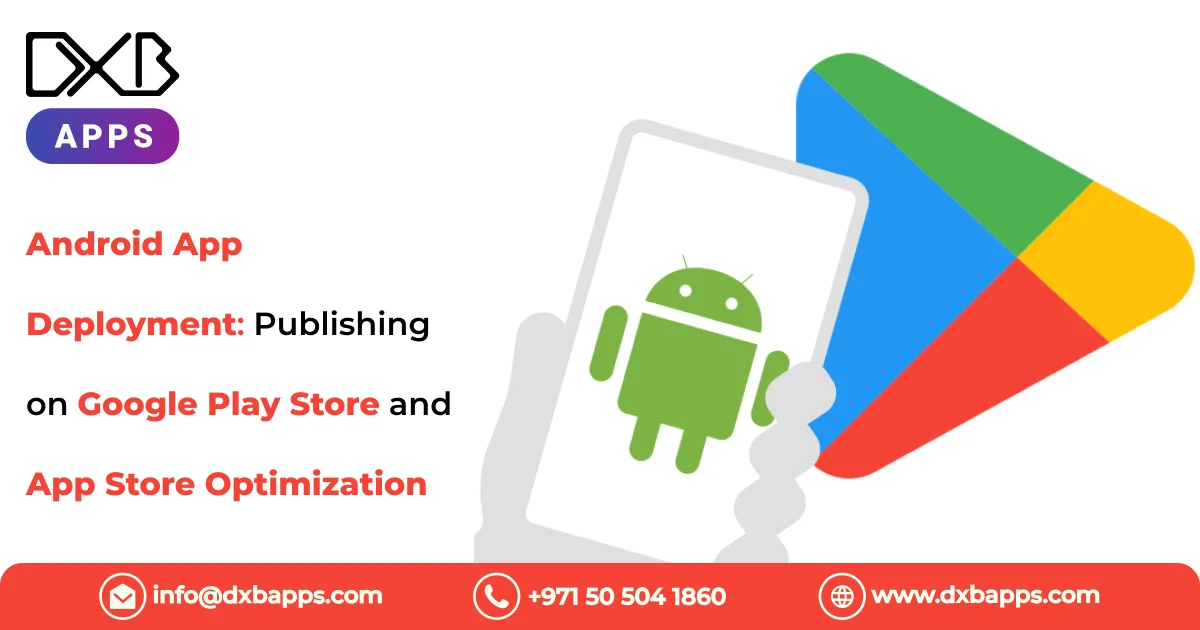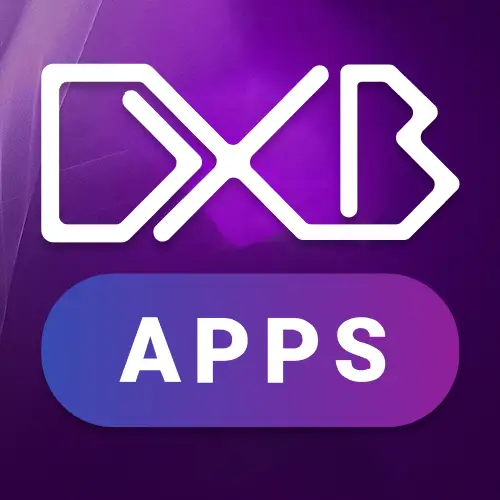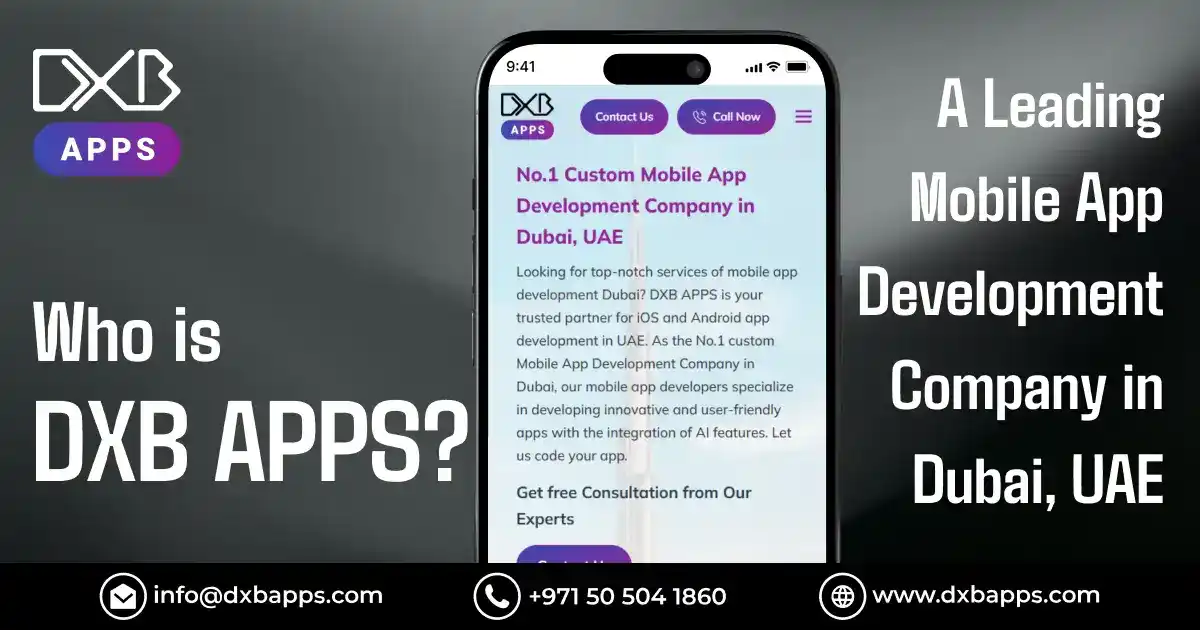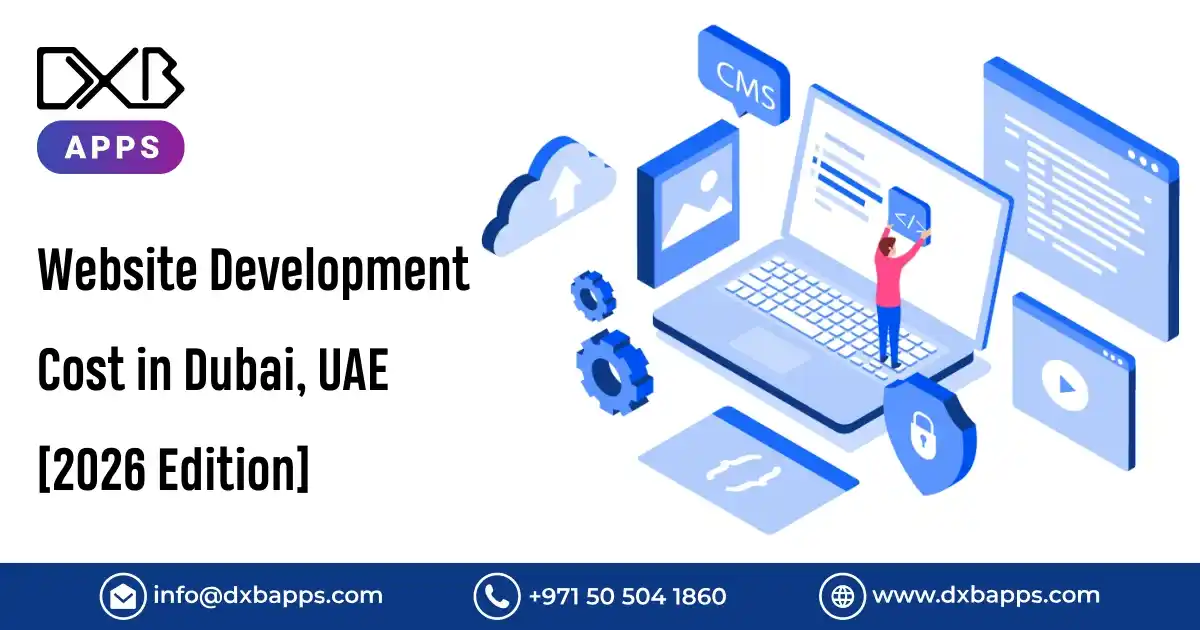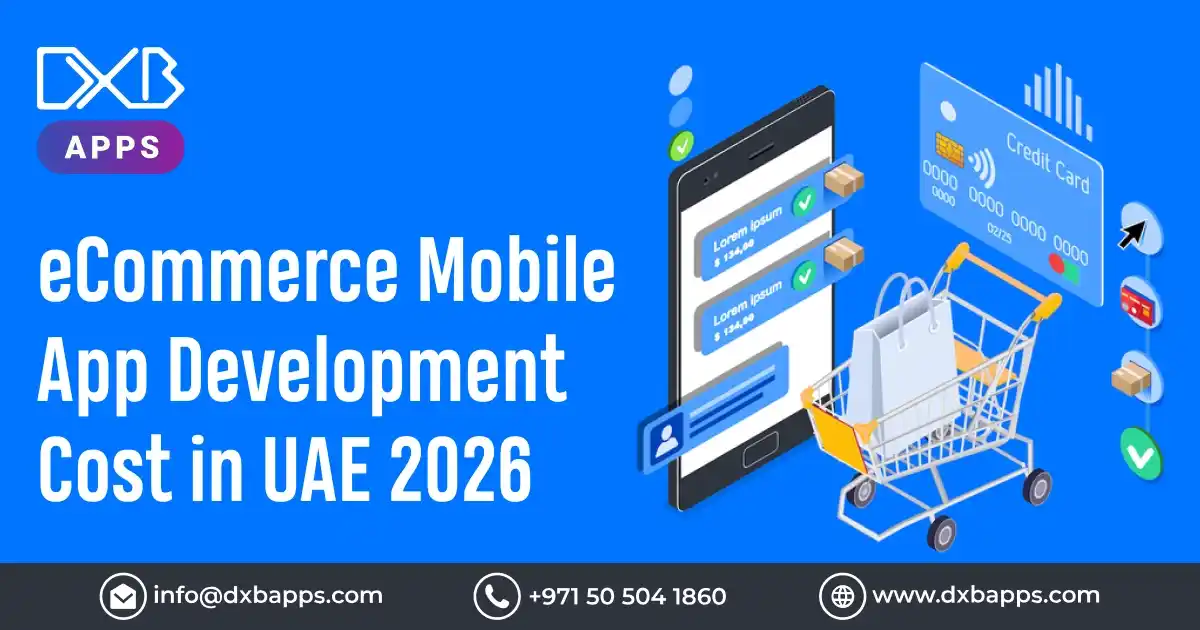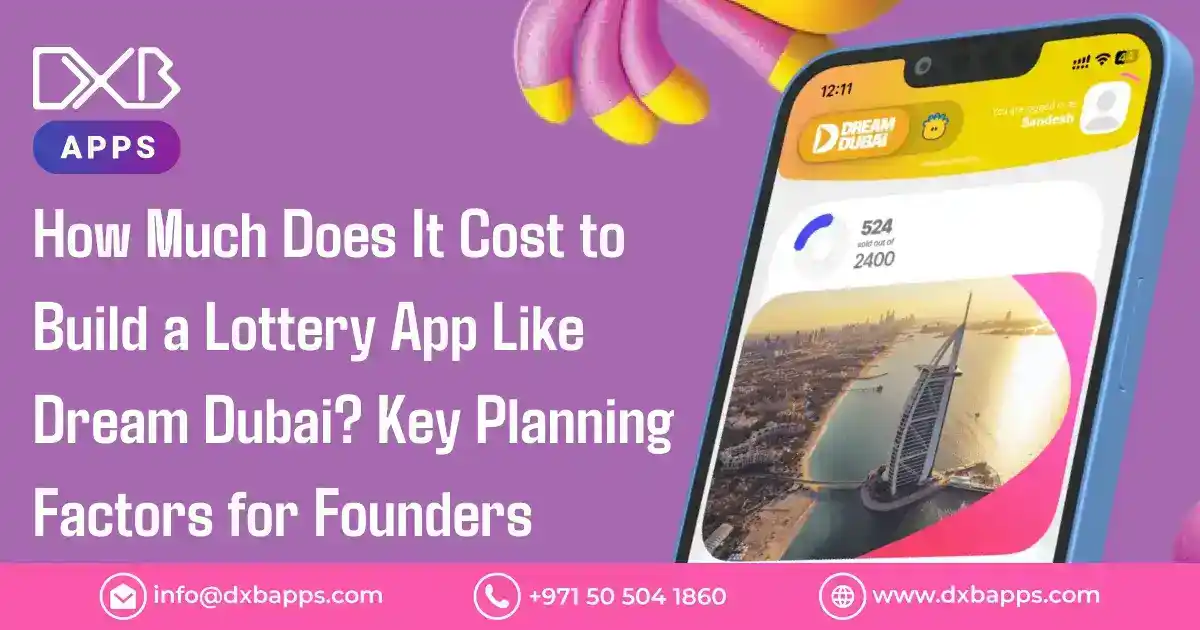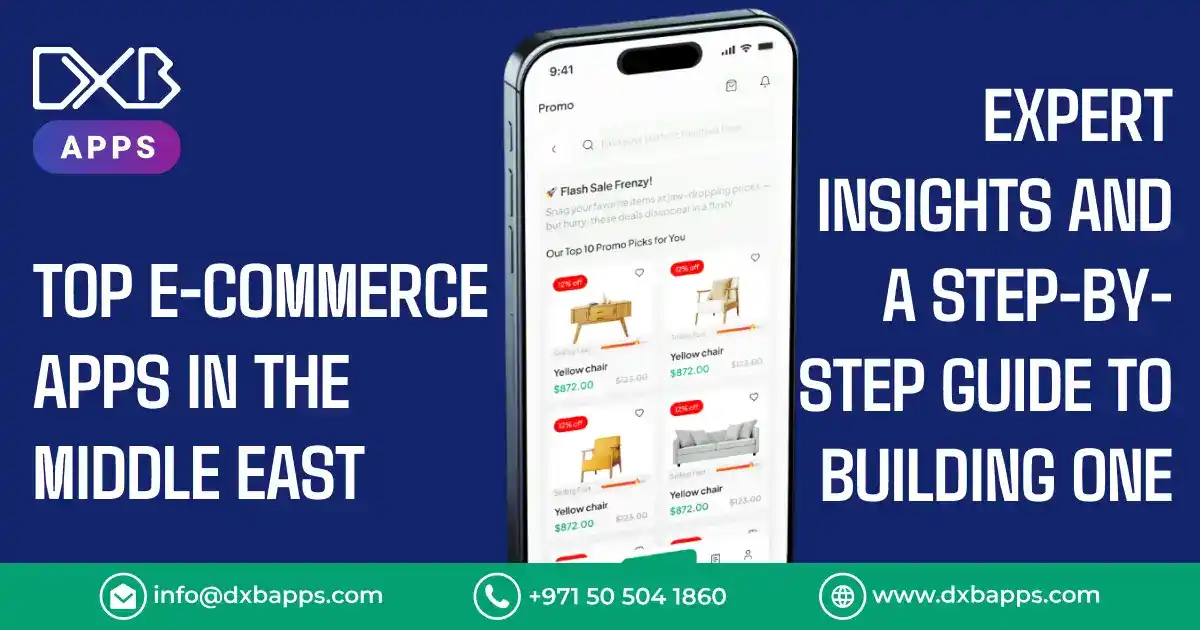Introduction
In this digital age, mobile applications have become an essential tool for businesses and individuals alike. Android and iOS are two major platforms for app deployment, with Google Play Store and App Store being the primary gateways. This article delves into the intricacies of deploying an Android app on the Google Play Store and optimizing your app for success. We'll also explore how DXB Apps, a leading app development company in Dubai, can assist you in your journey to app development excellence.
Understanding Android App Deployment
1. The Significance of Android Apps
Android apps are widely used, with millions of users around the world. Deploying your app on this platform can give you access to a vast user base. The Android ecosystem is diverse, covering a wide range of devices, which means your app can reach an extensive audience.
2. Google Play Store: The Launchpad
The Google Play Store is the official platform for Android app distribution. To get your app in front of Android users, you'll need to follow a series of steps. Let's explore these steps in detail to ensure your app's successful deployment.
Steps for Publishing on Google Play Store
1. Account Setup
Before you begin, create a developer account on the Google Play Console. This is where you'll manage your app's presence. Ensure you provide accurate information during the setup process. Your developer account will be your hub for managing multiple apps, so make sure it's organized and well-maintained.
2. App Creation
Design and develop your Android app. Ensure it meets the quality standards set by Google. The quality of your app is crucial for user satisfaction and success on the Play Store. This step involves coding, testing, and fine-tuning to ensure your app runs smoothly on a variety of Android devices.
3. App Testing
Thoroughly test your app for any bugs or issues. The smoother your app functions, the better the user experience. Testing is an ongoing process, and it's essential to catch and fix issues before they reach your users. Consider beta testing to gather user feedback and make necessary improvements.
4. Store Listing
Create an appealing and informative app listing. This includes a catchy title, a detailed description, captivating screenshots, and engaging promotional materials. The first impression matters, and your app's listing is the first thing users see. Craft a compelling description, highlight unique features, and use high-quality visuals to entice potential users.
5. Pricing and Distribution
Choose your app's pricing strategy and select the regions where it will be available. Pricing can vary from free to premium, and your choice should align with your app's monetization strategy. Make sure to consider the audience you're targeting when deciding on the regions where your app will be accessible.
6. App Release
Set a release date and publish your app. It will go through a review process by Google before becoming accessible to users. During the review process, Google checks your app for compliance with their policies. It's essential to adhere to their guidelines to ensure your app is approved without delays.
App Store Optimization (ASO)
1. The ASO Landscape
ASO is the process of improving your app's visibility in app stores. It includes optimizing keywords, visuals, and user ratings. App Store Optimization is an ongoing effort that involves monitoring and adapting to changes in the app store algorithms.
2. Keyword Research
Identify relevant keywords and phrases that users might use to find apps like yours. Conduct thorough keyword research using tools like Google Keyword Planner to discover high-traffic, low-competition keywords that can boost your app's visibility.
3. App Title and Description
Craft a compelling app title and description that incorporate your chosen keywords and convey the app's purpose. The title should be concise and informative, while the description should provide a clear and persuasive overview of your app's features and benefits.
4. Visual Assets
High-quality icons, screenshots, and videos can greatly influence users' decisions to download your app. Visual elements should be visually appealing and accurately represent your app's functionality. A/B testing different visuals can help you determine the most effective ones.
5. Ratings and Reviews
Encourage users to leave positive reviews and high ratings. Respond to feedback to show your commitment to improving your app. Positive reviews and high ratings are social proof of your app's quality, which can attract more users.
6. Regular Updates
Frequent updates not only keep your app fresh but also demonstrate your dedication to providing an excellent user experience. Regularly update your app to fix bugs, add new features, and stay competitive in the app market.
7. Monitoring and Analytics
Continuously analyze data and adjust your ASO strategy to keep your app competitive. Use analytics tools to track the performance of your keywords, visual assets, and user engagement. Regularly review these metrics and make data-driven decisions to improve your app's visibility.
How DXB Apps Can Help
DXB Apps is a renowned app development company in Dubai, specializing in various domains, including healthcare app development, real estate app development, blockchain development, IoT, AI, and more. Their expertise can elevate your app development journey. With a team of experienced professionals, DXB Apps can assist you at every stage of app development, from ideation to deployment.
Conclusion
In conclusion, mastering the art of Android app deployment and App Store Optimization (ASO) is a critical journey for anyone seeking success in the app development industry. The Android platform's wide reach and Google Play Store's immense user base present an incredible opportunity. However, with this opportunity comes the need for a strategic approach to ensure your app doesn't get lost in the crowd.
ASO, with its emphasis on keywords, visuals, and user engagement, is the key to making your app stand out. It's a continuous effort, requiring vigilance and adaptation to ever-changing market dynamics.
DXB Apps, the prominent app development company in Dubai, can be your guiding star on this path. Their extensive experience and expertise across multiple domains make them a valuable partner for app development projects.
So, whether you're a budding entrepreneur or an established business, remember that a well-executed Android app deployment and a robust ASO strategy, backed by the support of professionals like DXB Apps, can lead to a successful journey in the competitive world of mobile app development.
FAQs
1. What is the Google Play Store?
The Google Play Store is the official app distribution platform for Android devices, where users can download a wide variety of applications. It offers a vast library of apps, games, and other digital content.
2. How can ASO benefit my app?
App Store Optimization can enhance your app's visibility, leading to more downloads and higher user engagement. By optimizing various elements such as keywords, visuals, and user ratings, you can attract a larger and more relevant audience.
3. What services does DXB Apps offer?
DXB Apps offers a wide range of app development services, including healthcare, real estate, blockchain, IoT, and AI app development. They provide end-to-end solutions, from conceptualization to deployment, ensuring your app meets industry standards and user expectations.
4. Why is regular app updating important?
Regular updates improve your app's performance, fix bugs, and show users that you're committed to delivering a top-notch experience. It's also an opportunity to introduce new features and improvements, keeping your app competitive in the dynamic app market.

